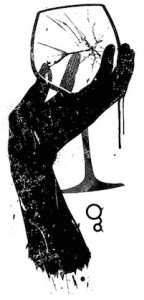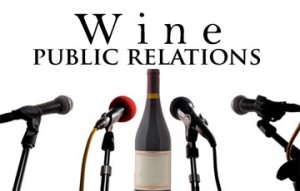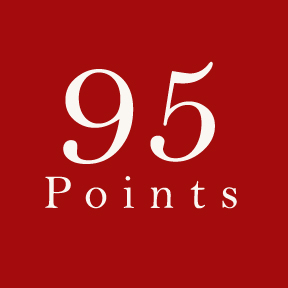 As one goes about attempting to gain recognition for their wine products or services via the media, it is pretty crucial to understand how different types of media are likely to cover the subject of wine. And there is a very big difference.
As one goes about attempting to gain recognition for their wine products or services via the media, it is pretty crucial to understand how different types of media are likely to cover the subject of wine. And there is a very big difference.
If, for example, you hope to draw attention to your wine based on coverage from the Dallas Morning News or Time Magazine, you might want to consider using your wine to create Molotov Cocktails in order to combat undead attackers during the Zombie Apocalypse. That’s the kind of story wide circulation, general news and entertainment media like to publish about wine…sensational stories.
On the other hand, if you think a feature in Wine & Spirits Magazine might help your brand, you might be better off pitching a story about how you’ve made a wine that appeals to the army of zombies coming our way since the “enthusiast” Wine Media is generally looking for stories that highlight unique producers.
What follows is a breakdown of how different elements of the media cover wine and can serve as a guide to which type of media outlet you approach in pitching the story of your wine product or service:
THE TRADE MEDIA
Whether from a business, viticultural, financial, winemaking or marketing angle, this is where you find the most geeky, detailed, jargon filled and least generally interesting coverage of wine. However, the wine business could not function well without this kind of coverage. It is through this type of media that the newest ideas are first reported upon, achievements of individual industry professionals are announced and the state of the industry is most closely dissected.
Example of Trade Media: Wine Business Monthly, Vineyard and Winery Management, Wines & Vines
Typical Stories: “Large California Harvests Create Capacity Crush”, “Wineries May Lose Dispute Over Internet Domaine Names”
Likely Zombie-Related Story:”Zombies Wine Drinker Demographics”
THE ENTHUSIAST WINE MEDIA
Where the enthusiast wine drinkers go to read and learn. It’s in this category of wine media where reviews are published, profiles of wineries and wine people are printed, the wines of regions are profiled, wine travel options are considered and wine-centric restaurants are highlighted. This is the media for core wine buyers.
Examples of Enthusiast Wine Media: The Wine Spectator, Connoisseurs’ Guide to California Wine, World of Fine Wine, Wine & Spirits Magazine, The Wine Enthusiast and most wine blogs
Typical Stories: “The Magical Perfume of Jerez”, “The Heights of Ribera del Duero”, “A Tale of Two Outstanding Viogniers”
Likely Zombie-Related Story: “Zombie Vintners in Alaska Experiment with Biodynamics”
WIDE AUDIENCE ENTHUSIAST WINE MEDIA
In this category of wine media you find wine writing that reaches beyond the enthusiasts to a much larger and broader audience than the Enthusiast Wine Media. These are the wine articles that show up in daily newspapers and in food and lifestyle magazines and blogs. The content is often similar in nature to that of the Enthusiast Wine Media, but also often in a shorter format or more general in scope. It is through this category of media that the vast majority of people come in contact and consumes wine information.
Examples of Wide Audience Wine Media: Wine columns in Daily Newspapers, Food & Wine Magazine, Travel+Leisure Magazine, American Way Magazine
Typical Stories: “Wine of the Week: A Rich Vibrant White You Can Enjoy with Steak”, “Provence: Its Transportive Rose Wine”, “Decanting French Wine”
Likely Zombie-Related Story: “How to articulate your love of wine through grunts”
GENERAL NEWS & ENTERTAINMENT MEDIA
When coverage of wine turns up in the General News and Entertainment Media, you can almost guarantee that it is salacious wine news, wine news connected to politics or in some way belittles wine enthusiasts. In other words, it’s not usually about wine. This is the case because in this category of media there exists little or no interest in wine among readers so when wine is covered at all it must appeal to other interests of the readership.
Examples of General News & Entertainment Media: Network News, Daily Newspaper New Sections, Time Magazine
Typical Stories: “Counterfeit Fine Wine Dealer Sentenced to 10 years”, “Why Boomers Should Drink Like Millennials”, “A Hint of BS: Can it be that Wine Snobs are Worse than Art Snobs? Yes it Can.”
Likely Zombie-Related Story: “Zombie Health Benefits From Two Glasses of Wine Daily-Study Shows”


